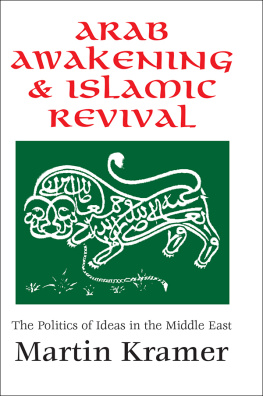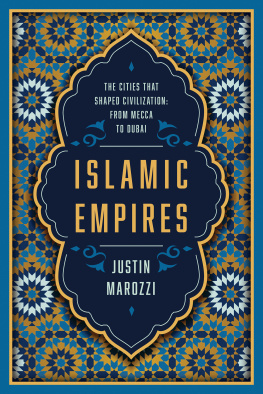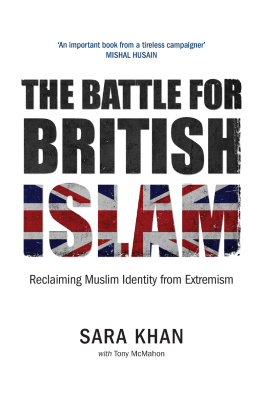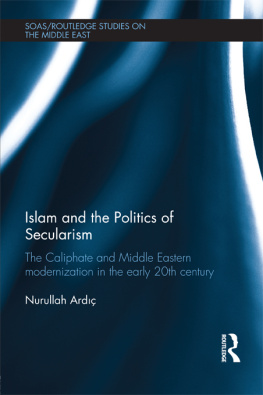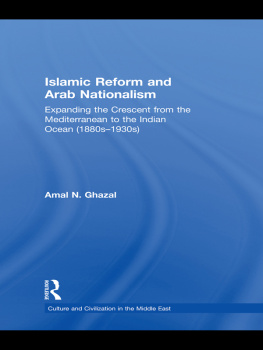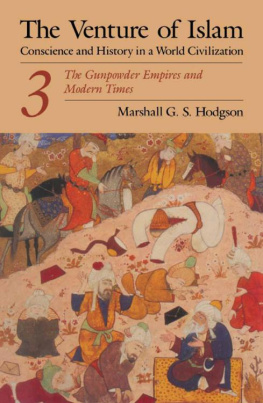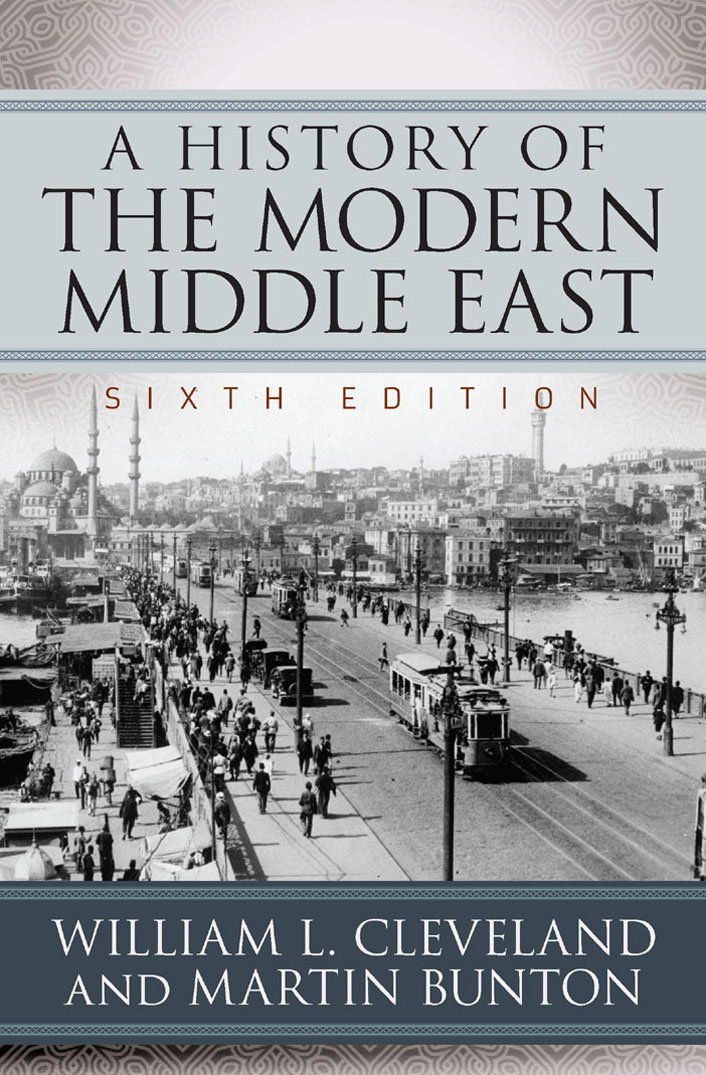

Westview Press was founded in 1975 in Boulder, Colorado, by notable publisher and intellectual Fred Praeger. Westview Press continues to publish scholarly titles and high-quality undergraduate-and graduate-level textbooks in core social science disciplines. With books developed, written, and edited with the needs of serious nonfiction readers, professors, and students in mind, Westview Press honors its long history of publishing books that matter.
Copyright 2016 by Westview Press
Published by Westview Press,
an imprint of Perseus Books
A division of Hachette Book Group
www.westviewpress.com
All rights reserved. Printed in the United States of America.
No part of this book may be reproduced in any manner whatsoever without written permission except in the case of brief quotations embodied incritical articles and reviews.
Every effort has been made to secure required permissions for all text, images, maps, and other art reprinted in this volume.
Westview Press books are available at special discounts for bulk purchases in the United States by corporations, institutions, and other organizations. For more information, please contact the Special Markets Department at 2300 Chestnut Street, Suite 200, Philadelphia, PA 19103, or call (800) 810-4145, ext. 5000, or e-mail .
Editorial production by Lori Hobkirk at the Book Factory
Designed by Trish Wilkinson and Cynthia Young
Set in 10.5 point Adobe Garamond Pro
Library of Congress Cataloging-in-Publication Data
Names: Cleveland, William L., author. | Bunton, Martin P., author.
Title: A history of the modern Middle East / William L. Cleveland, Martin Bunton.
Description: Sixth edition. | Boulder, CO: Westview Press, 2017. | Includes bibliographical references and index. | Description based on print version record and CIP data provided by publisher; resource not viewed.
Identifiers: LCCN 2016020559 (print) | LCCN 2016015312 (ebook) | ISBN 9780813350370 (ebook)
Subjects: LCSH: Middle EastHistory1517
Classification: LCC DS62.4 (print) | LCC DS62.4 .C53 2017 (ebook)
| DDC 956dc23
LC record available at https://lccn.loc.gov/2016020559
10 9 8 7 6 5 4 3 2 1
Table of Contents
Guide
CONTENTS






TIMELINES
MAPS
PHOTOS
TABLES
Bill Cleveland passed away on September 28, 2006, following years of struggle with leukemia and related complications. Just weeks earlier, Bill had officially retired from the Department of History at Simon Fraser University, where his skill and dedication in the classroom were widely acclaimed.
The first edition of Bills textbook, published in 1994, concluded with an initial assessment of the significance of the 1991 Gulf War as a major turning point in the modern history of the region. The textbook was revised for republication in 2000, 2004, and 2008. These editions were able to observe more clearly the patterns of continuity and change that had unfolded since the Gulf War, and reflect on both the 2001 al-Qaida attacks on the Pentagon and the World Trade Center and the 2003 US invasion of Iraq.
In the fifth edition, published in 2013, a new Part Six, Challenges to the Existing Order: The Middle East in the 1990s and 2000s, was created to identify more clearly the development of historical trends since the Gulf War: the rise and fall of the Oslo peace process; the development and evolution of Islamist movements and institutions in Turkey, Iran, and Lebanon; the efforts of the United States to assert its hegemony; and the dramatic Arab uprisings of 2011. This sixth edition expands on the regional impact of all of these far-reaching developments. Also new to this edition are the Key Events timelines that precede each of the six parts, and the List of Major Rulers that can be found with the Glossary at the end of the book.
This book is intended to introduce Middle Eastern history to students and general readers who have not previously studied the subject. In the pages that follow, the term Middle East refers to the region from Egypt in the west through Iran in the east, and from Turkey in the north to the Arabian Peninsula in the south. Sound arguments exist, perhaps now more than ever, for extending the geographical coverage to include Arab North Africa, the Sudan, and Islamic Afghanistan. However, for purposes of coherence and manageability, this text concentrates on the central Middle East. The primary chronological focus of the book is from the late eighteenth to the early twenty-first centuries.
Part One offers a general survey of the patterns of Middle Eastern history from the rise of Islam to the eighteenth century. Chapters 1 and 2 present the main features of Islamic faith and ritual and examine the emergence of Islamic social and political institutions from the time of the Prophet Muhammad to the end of the fourteenth century. In trying to portray Islam on its own terms and in its proper historical setting, these chapters underline the importance of the interaction between the Islam of the Quranic revelations and the settled civilizations of the Near East. They also stress the global aspects of Islamic civilization and try to demonstrate that the dynamic of that civilization cannot be understood by focusing only on the rise and decline of one Middle Eastern Islamic empire, but rather must be seen as a global pattern of several different centers of Islamic florescence, each true to the essentials of the Quranic revelations yet also anchored in economically and culturally unique settings. Chapter 3 examines the rise of the Ottoman Empire and the formation of Ottoman ruling institutions and discusses the rise and fall of the Iran-based Safavid Empire.
Part Two focuses on three main centers of political authoritythe Ottoman Empire, the autonomous province of Egypt, and the Qajar Empire of Iranfrom the early nineteenth century to the peace settlements of 19191920. The patterns of transformation in Iran were different from those in Egypt and the Ottoman Empire. These chapters attempt to identify and explain the differences and to show their significance for the development of modern Iran. The modern history of the Ottoman-Egyptian Middle East is approached with the belief that the area was organized by a long-established system based on Ottoman-Islamic practices and values. The Ottoman system had never been either static or uniform throughout the region, and it was again in flux on the eve of its nineteenth- and twentieth-century transformation. Nevertheless, after three hundred years, the general objectives and practices of Ottoman rule were understood and their application was predictable to the inhabitants of the various regions of the empire.
One prominent theme of the book is that the disruption and eventual destruction of established Ottoman-Islamic ruling practices and social relationships during and after the reforming era was a wrenching and disorienting experience for the peoples of the Middle East. The terminology of this process of change has often been presented under the headings of modernization or Westernization. However, those terms have taken on connotations that are either value-laden, culturally judgmental, or both. This book instead employs the term


